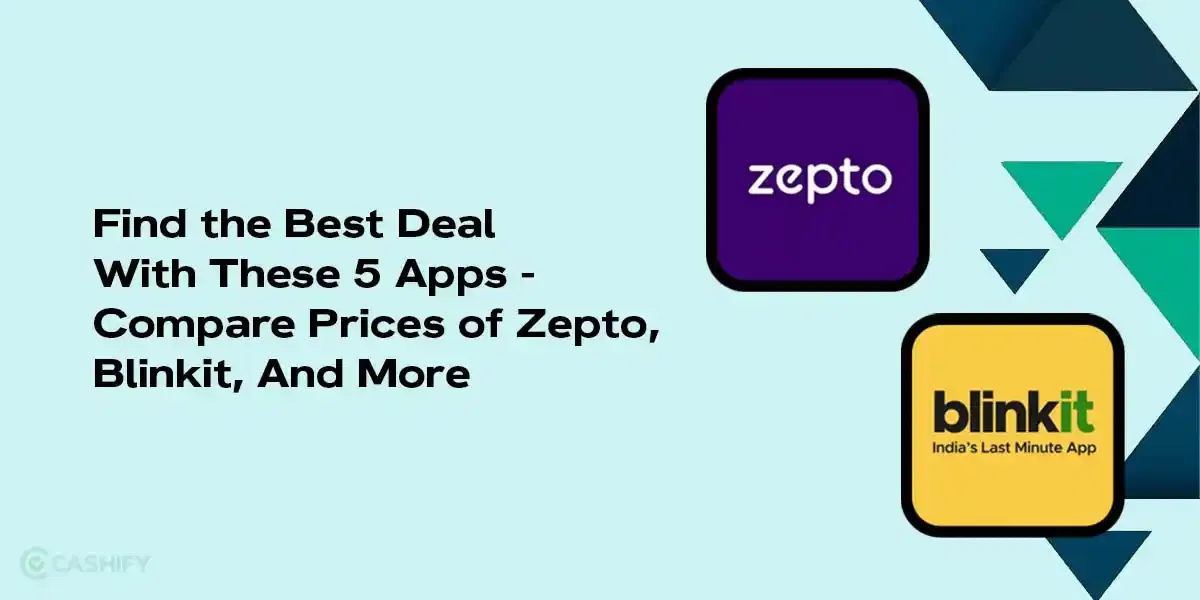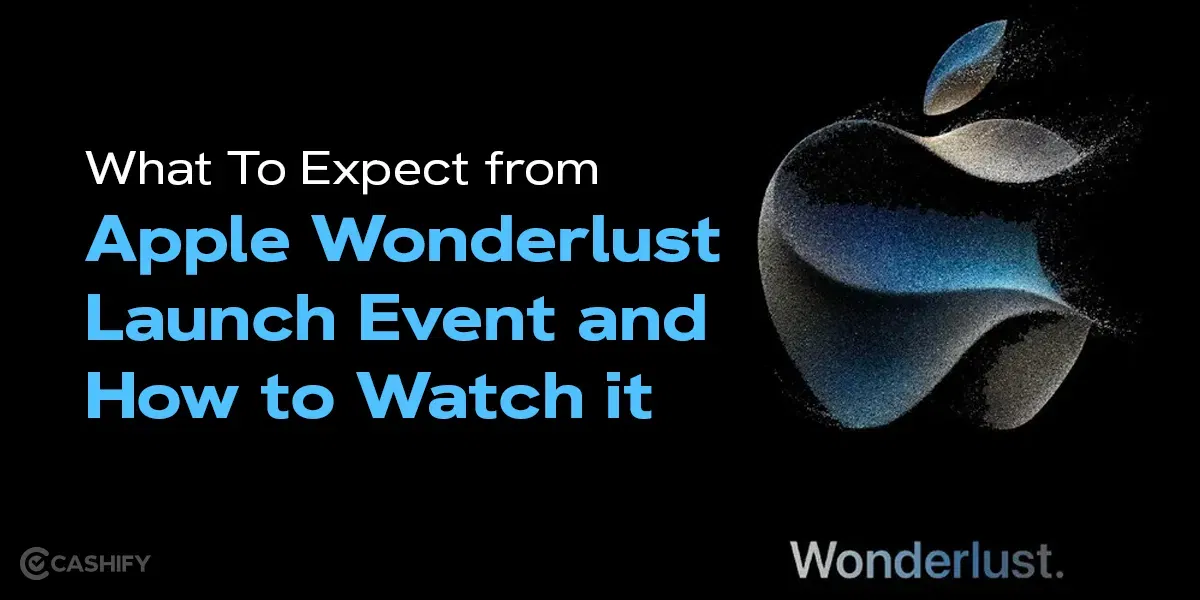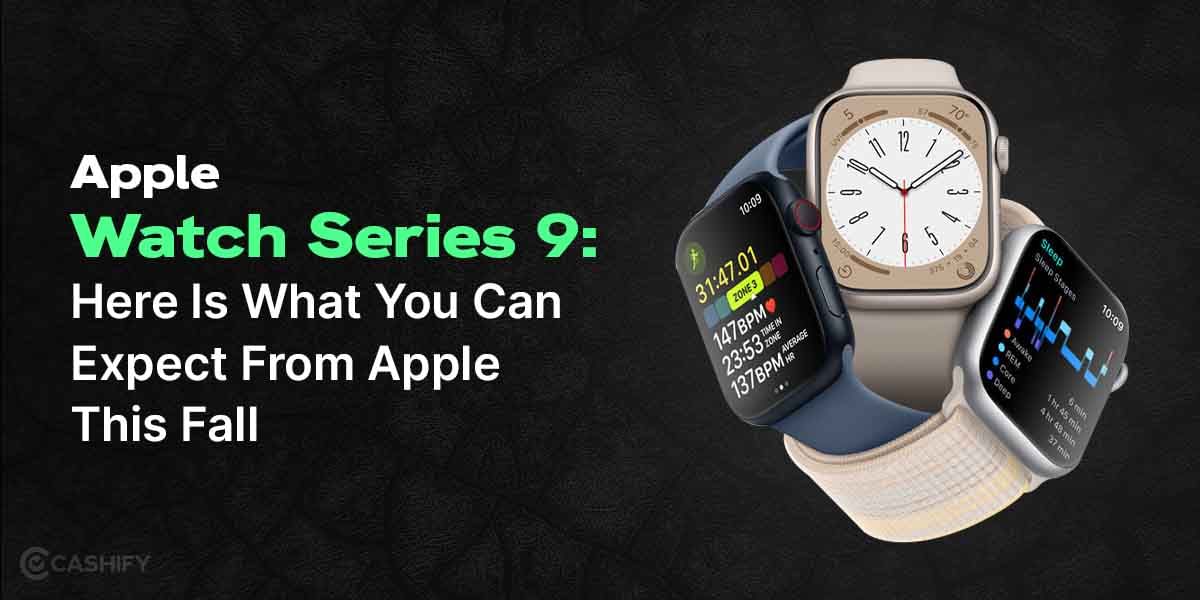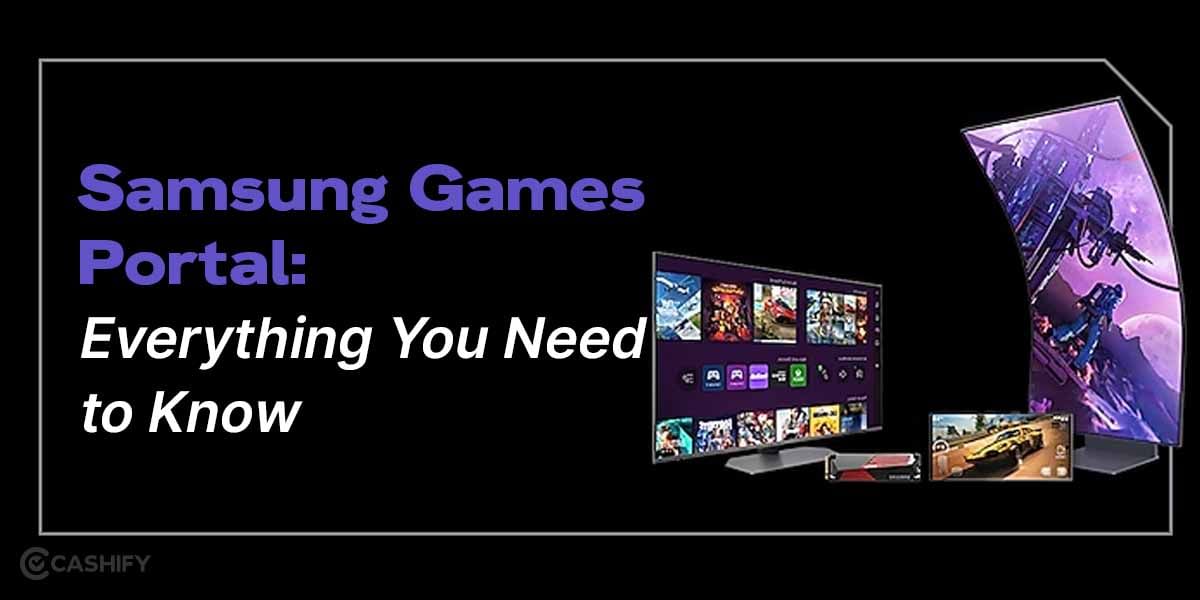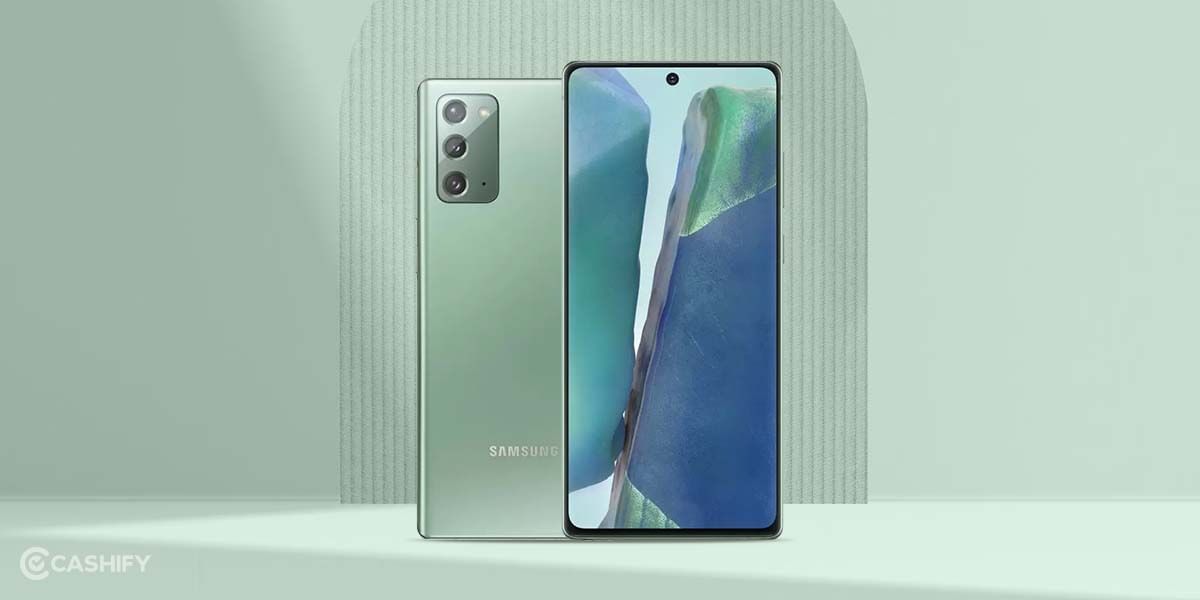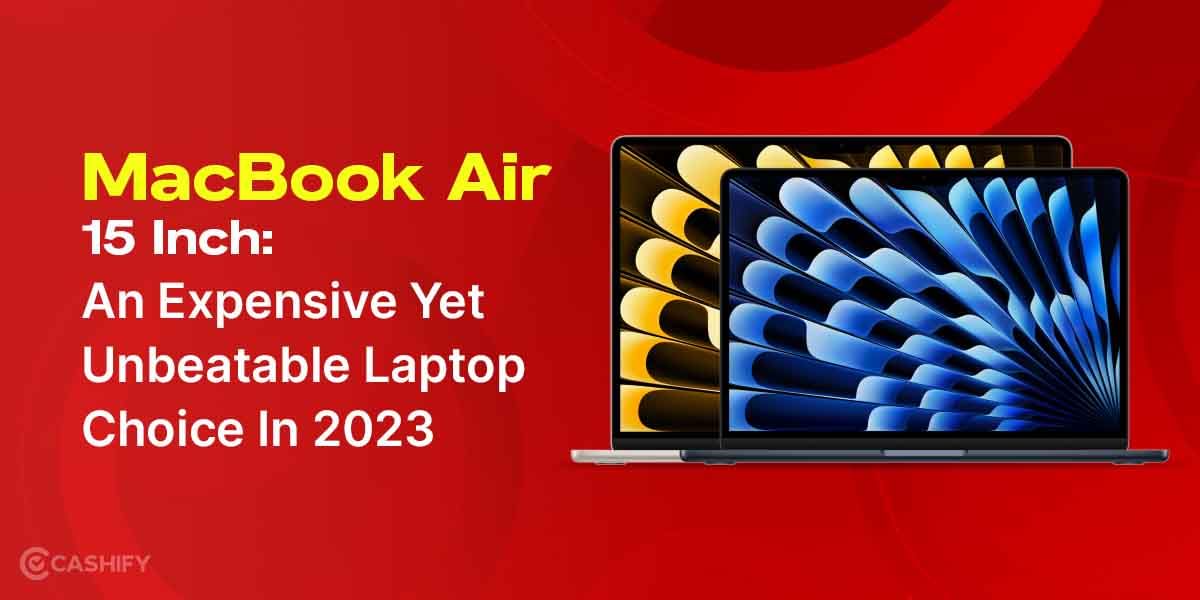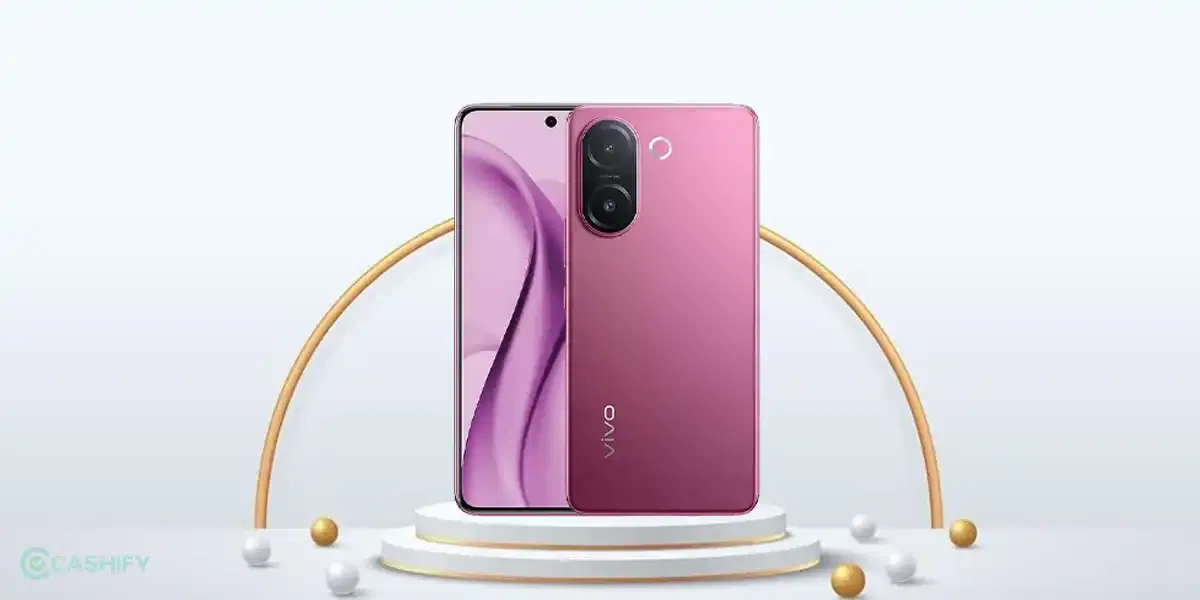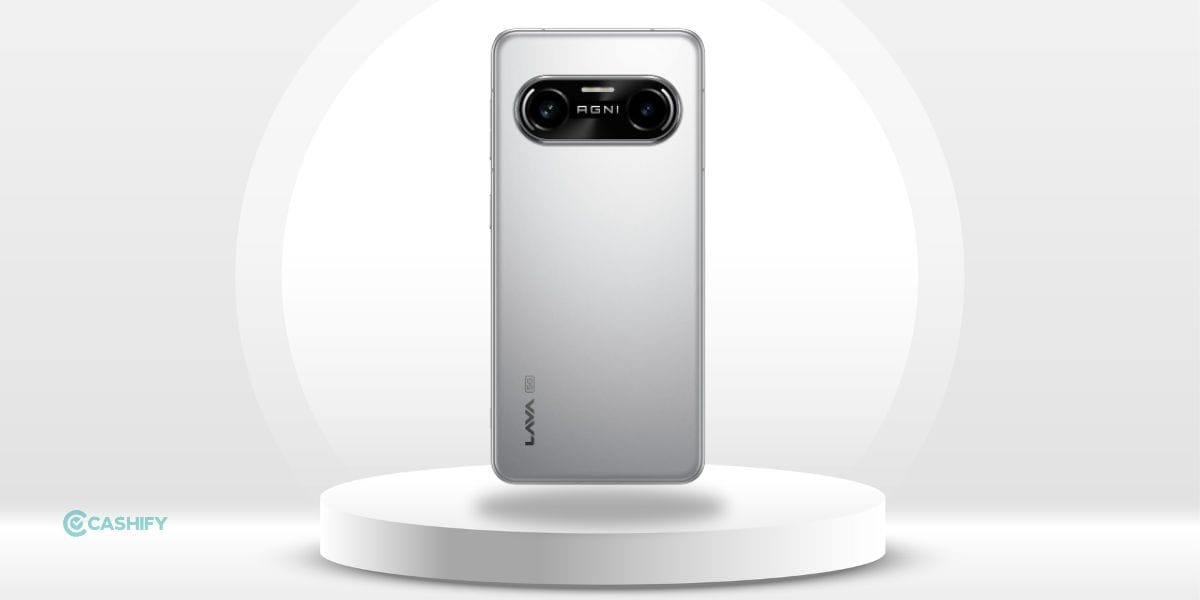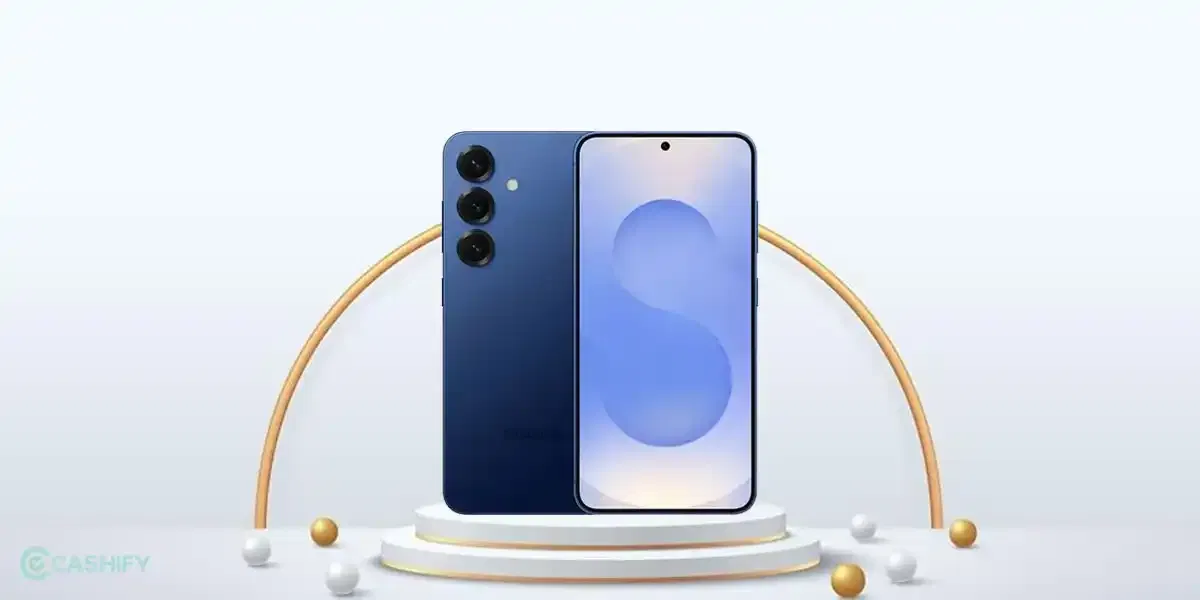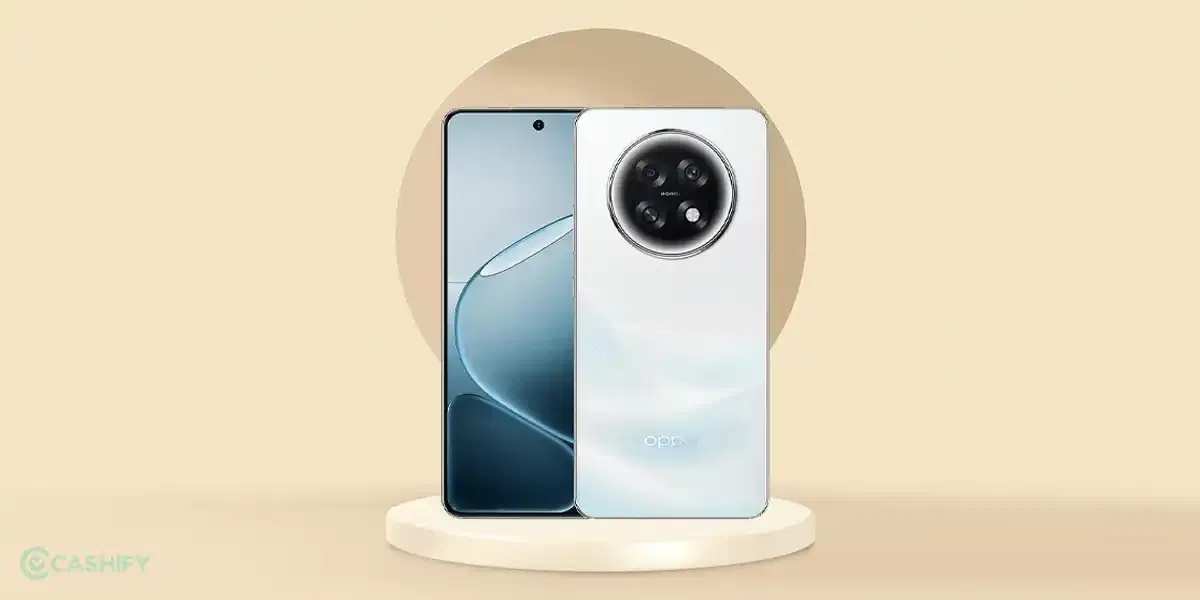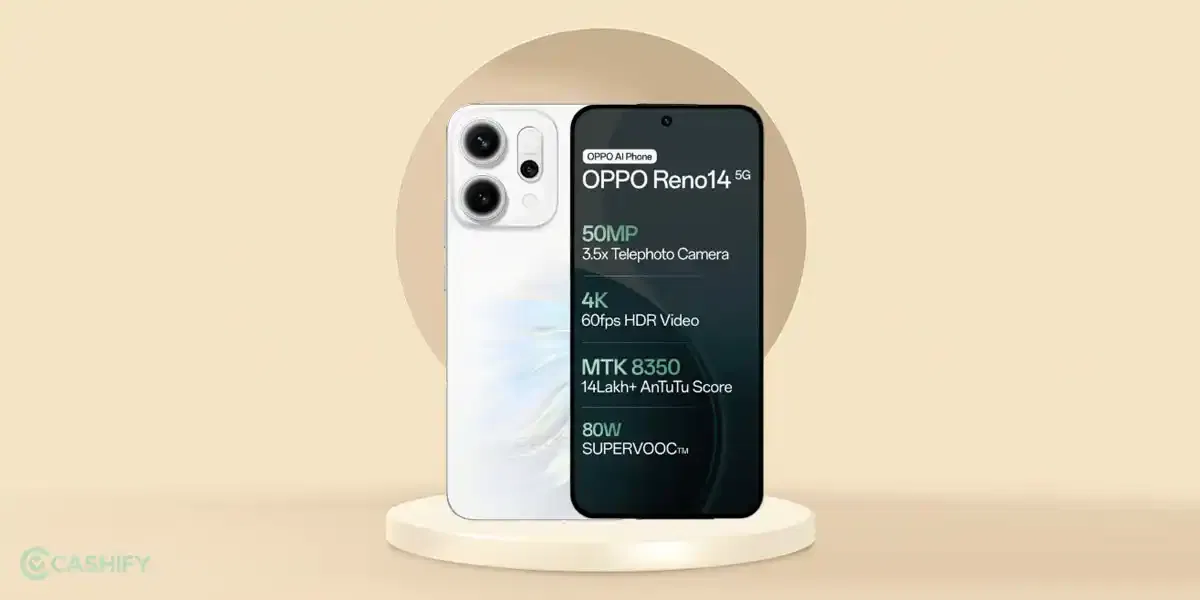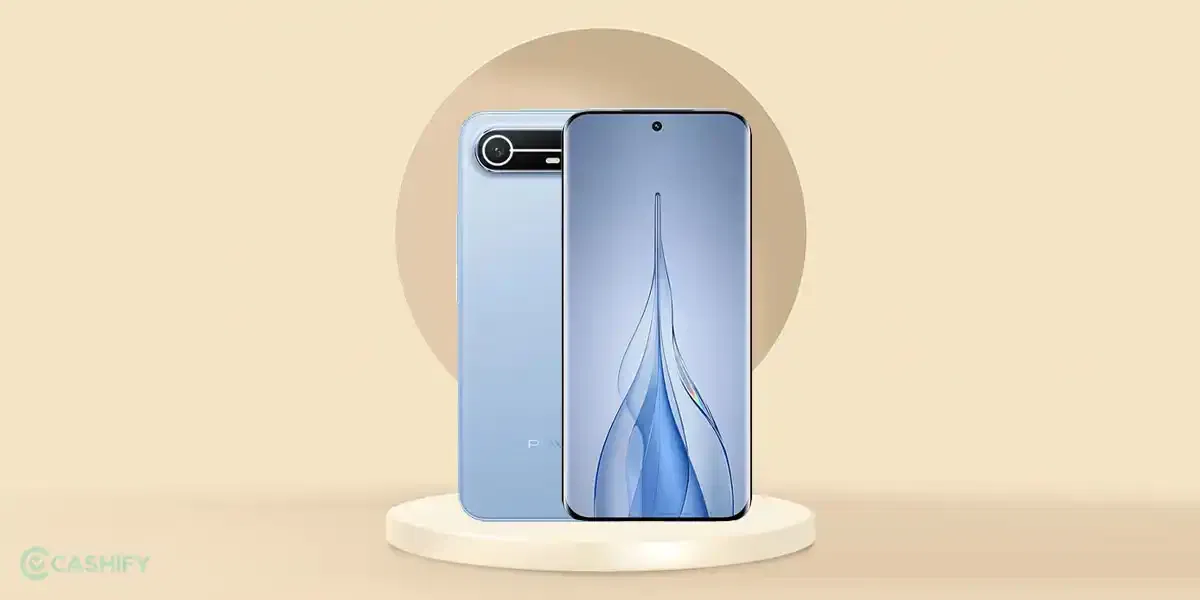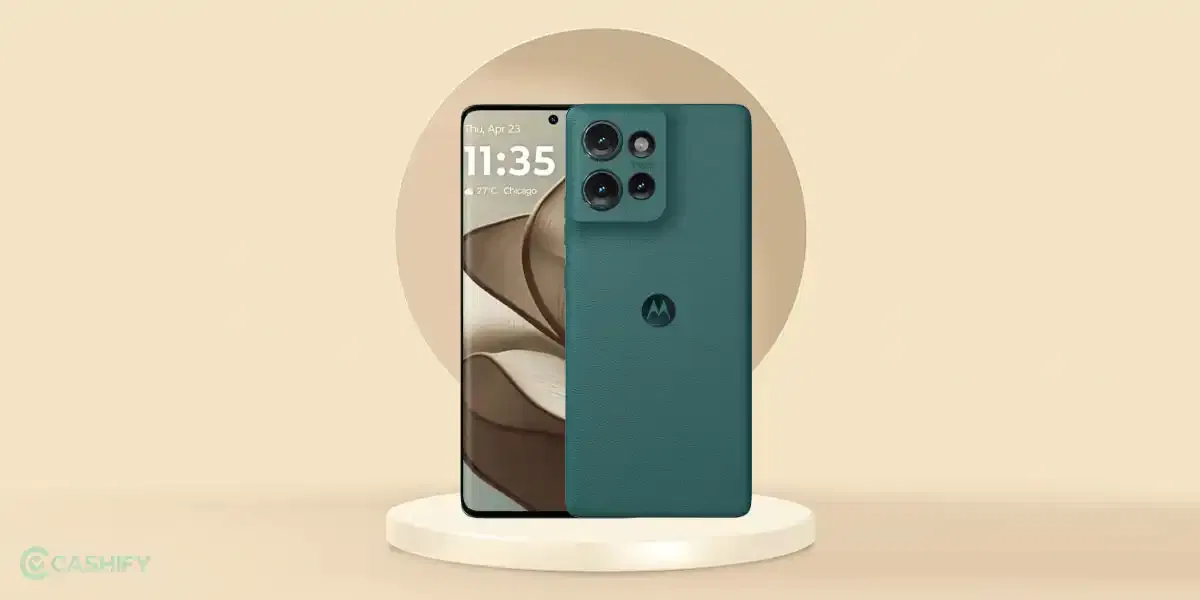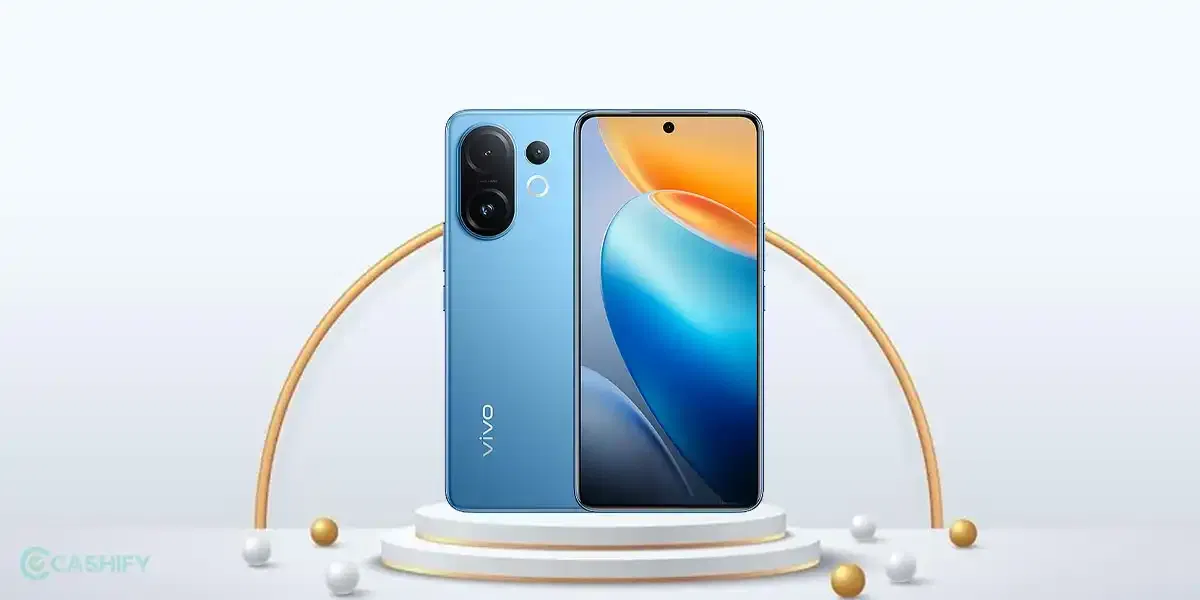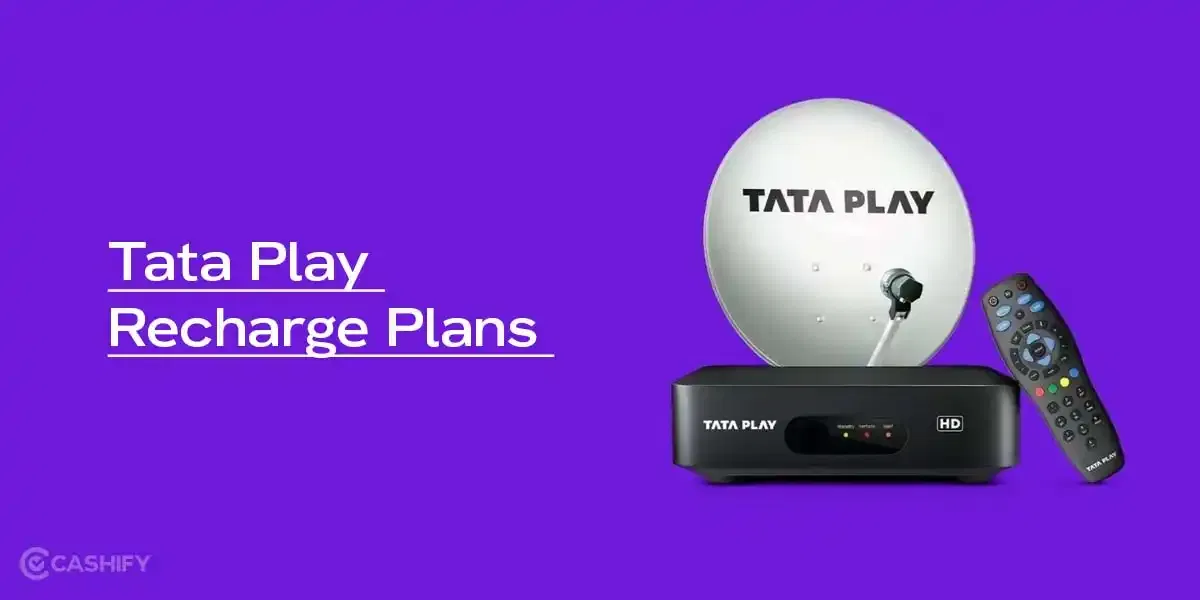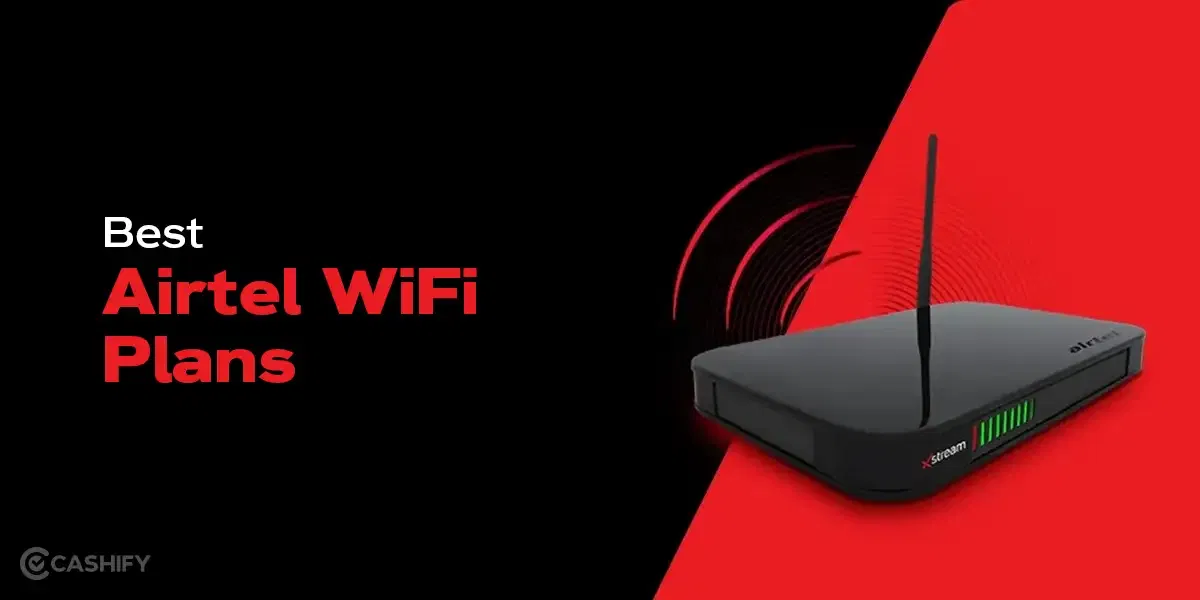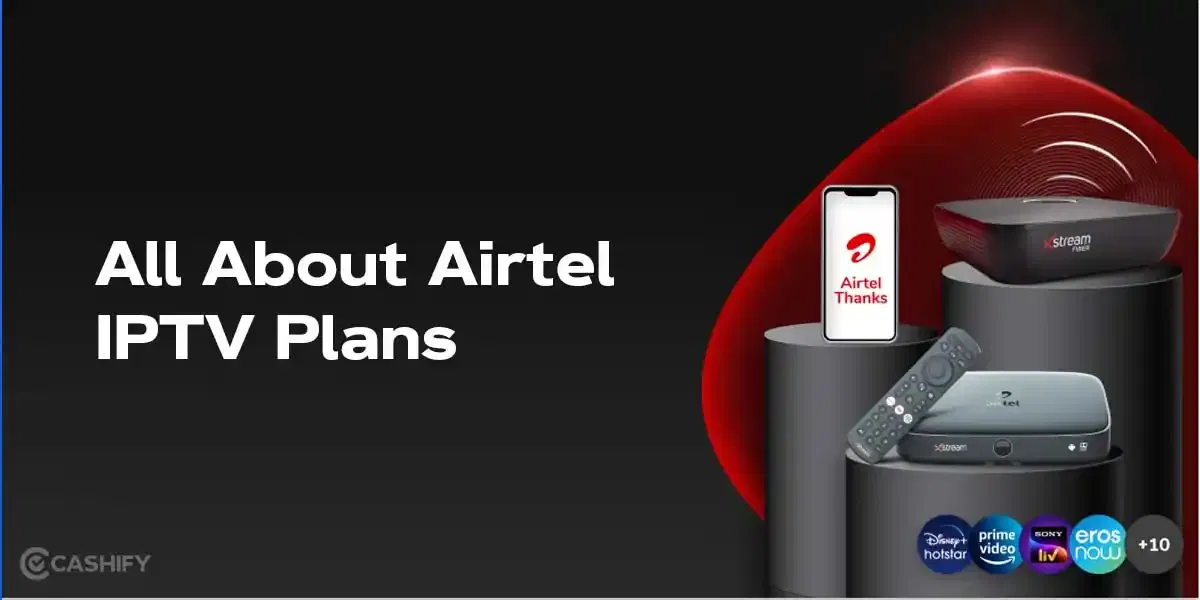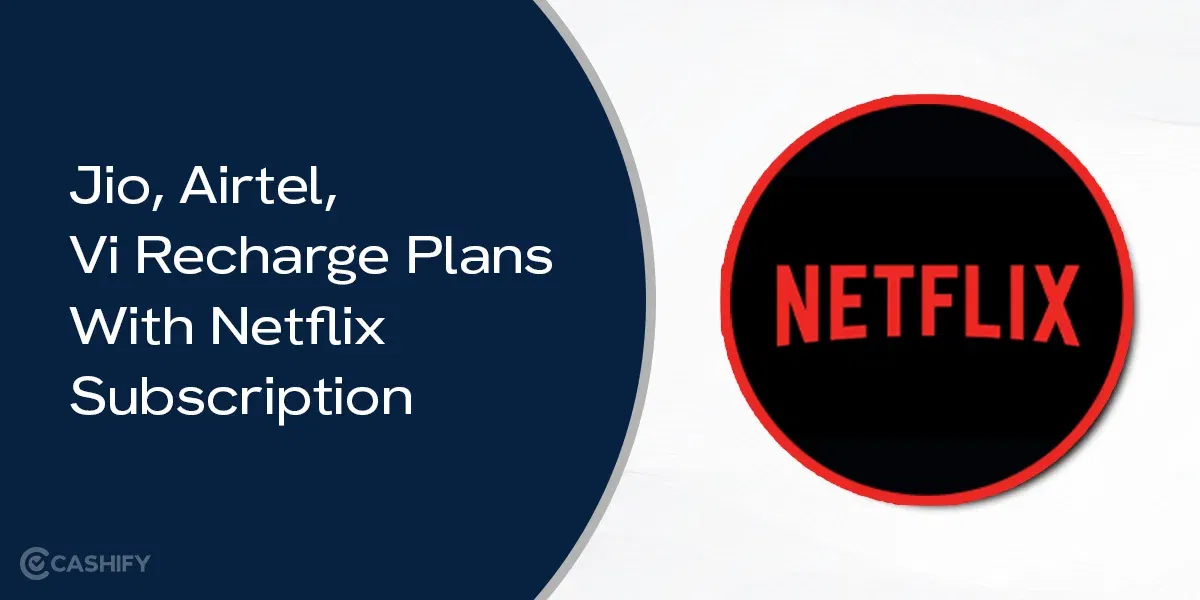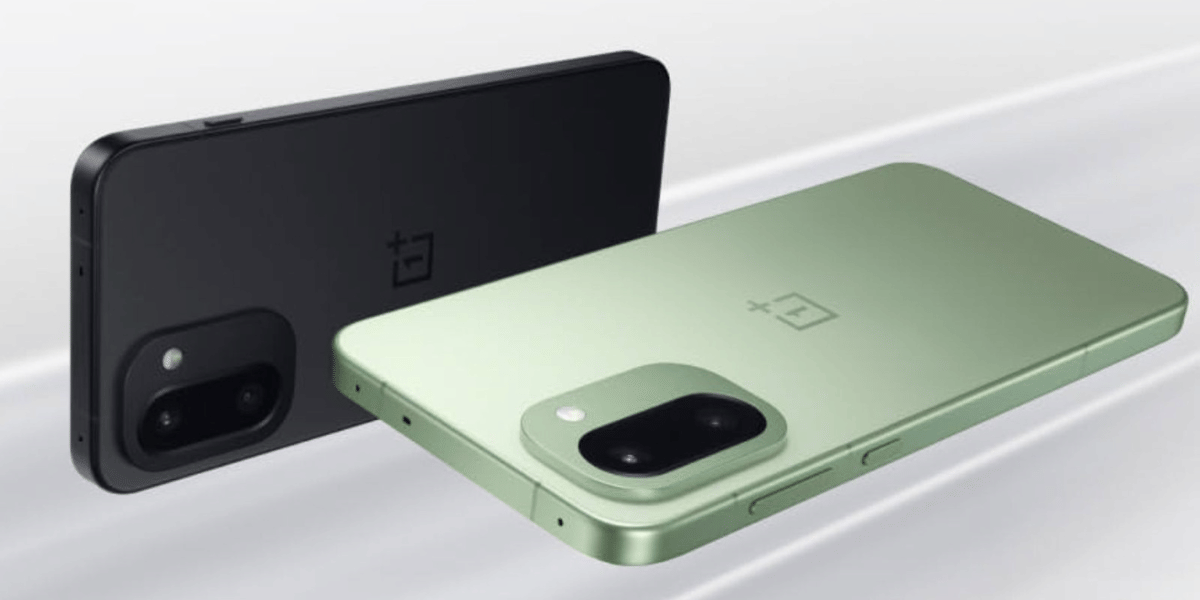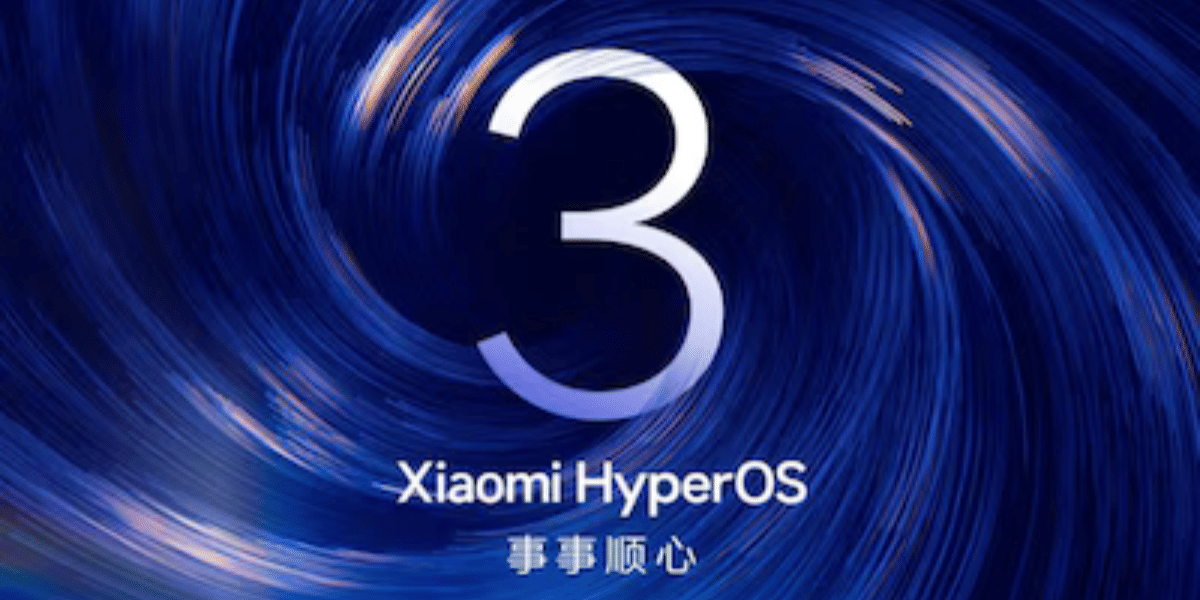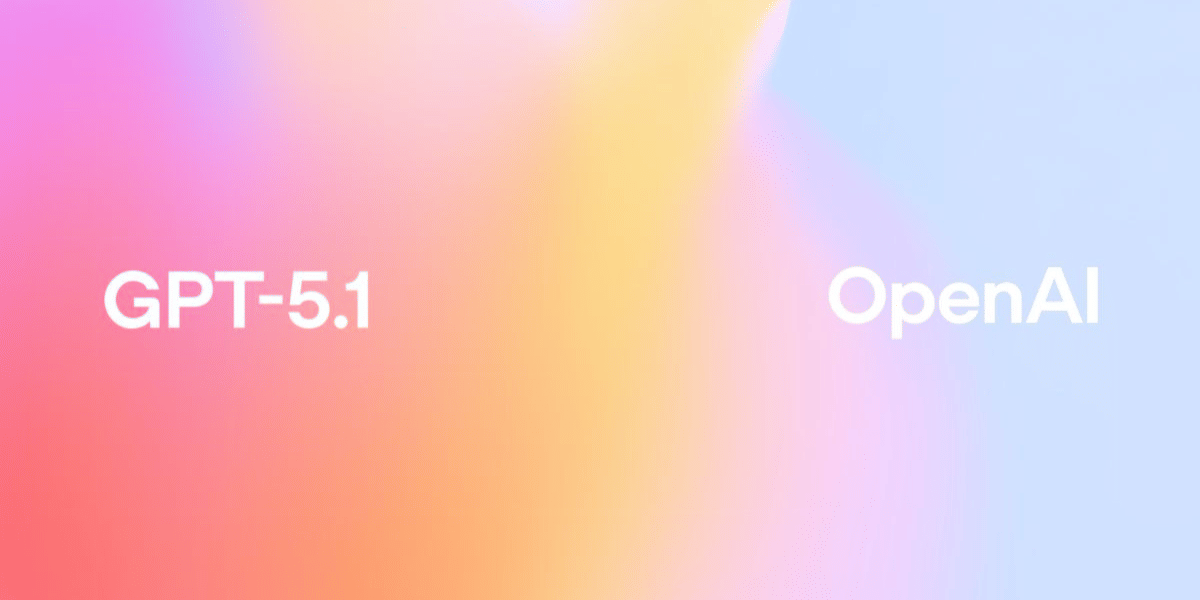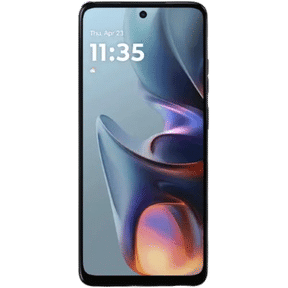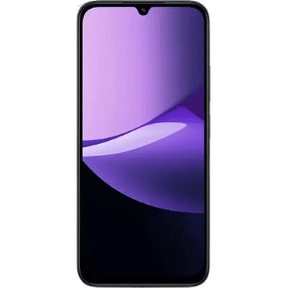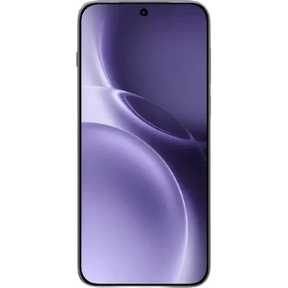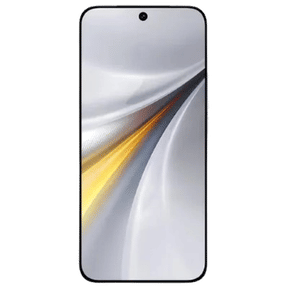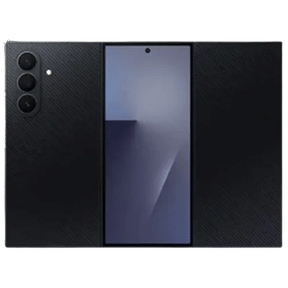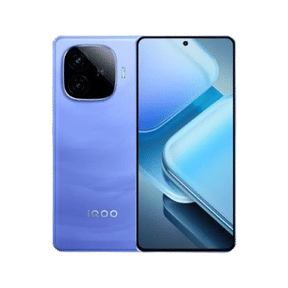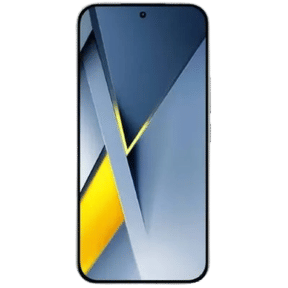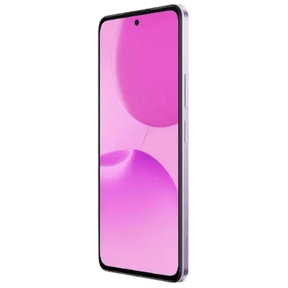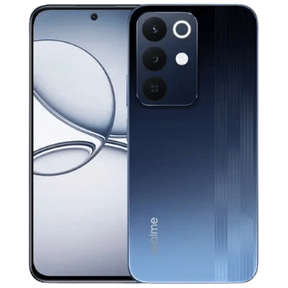The smartphone (chip) war – Apple A18 Pro Vs Tensor G4 has become more intense these days. Apple has unveiled the Apple A18 Pro, and Google has rolled out the Tensor G4. Both chips are designed to power the next generation of flagship phones. Both the chips promise improved performance, efficiency, and smarter AI capabilities. However, how do they really compare?
Let’s break it down in simple terms and understand the real difference between Apple A18 Pro Vs Tensor G4.
Also Read: Apple A18 Pro Vs Dimensity 9400: The 2025 Winner Will Surprise You
What is the Apple A18 Pro Chipset?

Apple A18 Pro chipset was launched in September 2024. It is the 64-bit RAM-based SoC which is specially designed for the iPhone 16 Pro series. This chip is manufactured using TSMC’s cutting-edge 3nm N3E process. A18 Pro has a 6-core CPU configuration – two high-performance and four efficiency cores.
This design ensures the proper balance between energy conservation and raw power. It’s GPU consist of six cores. It supports mesh shading and ray tracing, which improves graphical performance by approximately 20% compared to its predecessor, A17 Pro.
The best thing about this processor is that its 16-core Neural Engine can execute around 35 trillion operations/seconds. Due to this, Apple A18 Pro’s ML capabilities are 2x that of the A16 Bionic chip.
What is the Google Tensor G4 Chipset?
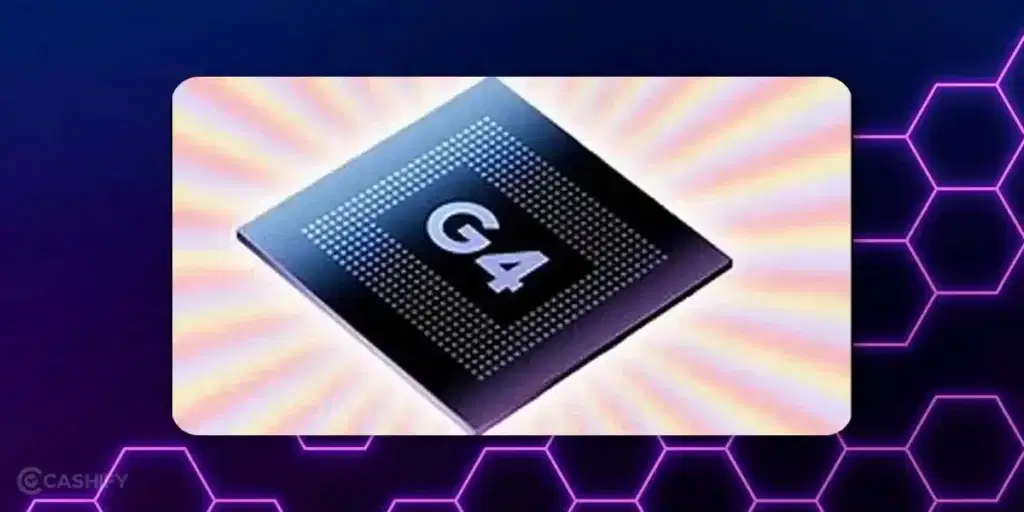
Samsung launched the Google Tensor G4 in August 2024. This chipset powers the Google Pixel 9 series smartphones. Samsung manufactures it through a 4nm process. Tensor G4 is an octa core CPU.
| Core | Name |
| 1 | Cortex-X4 (3.1 GHz) |
| 3 | Cortex A720 (2.6 GHz) |
| 4 | Cortex A520 (1.92 GHz) |
It’s GPU name is Mail-G715 MP7, which operates at 940 MHz. Google has not emphasised its performance metrics more, but has highlighted its AI and ML capabilities. Google has optimised its Tensor G4 architecture for on-device AI tasks. It improves features such as advanced computational photography and real-time language translation.
Apple A18 Pro Vs Tensor G4: Ultimate Showdown
| Apple A18 Pro | Tensor G4 | |
| High Performance Core | 2 * 3.89 GHz | 1 * 3.1 GHz Cortex-X4 3 * 2.6 GHz Cortex-A720 |
| Energy Core | 4 * 2.2 GHz | 4 * 1.92 GHz Cortex-A520 |
| Process | 3 nanometers | 4 nanometers |
| Core | 6 Core | 8 Core |
| Base Frequency | 3890 MHz TDP – 8W | 3100 MHz TDP – 6.5W |
| RAM Type | LPDDR5T | LPDDR5X |
| Max RAM Capacity | 8GB | 24GB |
| Max RAM Channel | Channel 4 | Channel 4 |
| RAM Frequency | 4800 MHz | 4200 MHz |
| Cache Memory | 12MB | 12MB |
| Bus | 4 * 16 Bit | 4 * 16 Bit |
| Max Bandwidth | 78.8 Gbits | 64 Gbits |
| Storage Type | NVMe | UFS 4.0 |
| Max Display Resolution | 3840 * 2160 Pixel | 3840 * 2400 Pixel |
| Max Camera Resolution | 1 * 48MP | 1 * 200MP |
| Video Capture | 8K at 24fps 4K at 60fps | 8K at 30fps 4K at 120fps |
| GPU | Apple A18 GPU | Mali-G715 MP7 |
| Architecture | Apple Bionic GPU | Valhall 4th Gen |
| GPU Frequency | 1450MHz | 940MHz |
| Download Speed | Up to 10000Mbps | Up to 10000Mbps |
| Upload Speed | Up to 3500Mbps | Up to 3500Mbps |
| AI | Neural Processor | Neural Processor |
| 4G Support | LTE Cat.24 | LTE Cat.24 |
| 5G Support | Yes | Yes |
| Manufacturing Company | TSMC | Samsung |
| Total Transistor | 16 billion | 17 billion |
From this quick comparison, we can say that the Apple A18 Pro chip is powerful. However, when it comes to display and camera resolution, Tensor G4 is better. Apple A18 Pro is ideal for users who prioritise battery life, smooth UI, and efficient processing. Google Tensor G4 is not an ideal choice for gaming and demanding applications.
Also Read: A18 vs A18 Pro Chip : Which is Better?
CPU Performance
When it comes to CPU performance, Apple has always been ahead in the game. And, with Apple A18 Pro, it is not an exception. Apple A18 Pro is built on TSMC’s 3nm process. It means smaller transistors, less power consumption, and better thermal control. It features two high-performance cores and four efficiency cores. That’s why you can experience faster app launches, seamless multitasking, and fluid gaming.
Tensor G4 is built on a 4nm process, which is slightly behind Apple in terms of manufacturing technology. It is not as fast as the A18 Pro and is optimised for background tasks and multitasking using machine learning.
In short, in terms of raw power and efficiency, Apple secures high scores.
AI and Machine Learning
Here is where Tensor G4 wins. In Google Tensor G4, Google has built this chip with AI at its core. The chip supports features such as Magic Eraser, Live Translate, AI voice typing, and real-time transcription. As Tensor G4 is smart, it constantly learn user behaviour to deliver predictive responses.
Apple A18 Pro features an upgraded neural engine and is pushing towards on-device AI, especially for features such as Siri enhancement, Personal Voice, etc. However, Apple still keeps AI a bit more controlled and privacy-focused.
Google Tensor G4 wins here because of its practical and intelligent features that make daily phone usage smarter.
Also Read: Apple A18 Pro vs Snapdragon 8 Elite: Comparing the Power-Packed Chipsets
Gaming Capabilities – Apple A18 Pro Vs Tensor G4
The Apple A18 Pro offers excellent but slightly lower gaming performance. This chipset is perfect for optimised games such as Apex Legends Mobile, Fortnite, and Resident Evil Village. It runs smoothly on iOS because of Apple’s software optimisation and efficient GPU. It lets you enjoy a stable, consistent gameplay experience with excellent thermal efficiency.
On the flip side, the Google Tensor G4 is not an ideal pick for hardcore gaming. Although it can handle casual games, it may struggle with demanding titles even in max settings.
Battery and Heat Management
Apple A18 Pro is manufactured using a 3nm process, significantly reducing power consumption while maintaining high performance. This chipset ensures balanced thermal performance under heavy workloads. On the other hand, the Google Tensor G4 is less efficient because of high power consumption and potential thermal issues. Therefore, G4 is not a good choice for battery longevity and sustained performance.
Camera and Image Processing
Chip plays a vital role in how photos and videos are processed. Apple A18 Pro uses the new ISP – Image Signal Processor for advanced photography features such as Smart HDR, Photonic Engine, and Deep Fusion. It ensures better low-light performance, accurate skin tones, and cinematic video recording.
Tensor G4 has AI capabilities for features such as Night Sight, Magic Editor, etc. Google’s computational photography is extraordinary, and Tensor G4 further refines it.
Apple has the outstanding hardware, and Google has the AI magic. So, it completely depends on you what you prioritise – raw quality or smart features.
Also Read: A18 pro VS Exynos 2400: Which Flagship Is Worth It In 2025?
Let’s Quickly Recap…
| Feature | Winner |
| CPU Performance | Apple A18 Pro |
| GPU Power | Apple A18 Pro |
| AI Capabilities | Tensor G4 |
| Battery Efficiency | Apple A18 Pro |
| Photography | Tensor G4 |
In short, if you prioritise performance, gaming, and battery life, the Apple 18 Pro wins the battle. However, if you’re more into AI features, long-term software support, and smart photography, Tensor G4 is more compelling.
Both chips are powerful and best in their own way. So, the choice depends on your needs and the ecosystem you’re more comfortable with.
Also Read: A18 Pro Vs A17 Pro Comparison: Benchmarks, Features, AI, And More!
Epilogue
In summary, the battle between Apple A18 Pro Vs Tensor G4 is more than just specifications and numbers. It is all about user experience. Apple excels at delivering constant power and efficiency, while Google shines with smarter AI features.
Whichever chip you select, remember that smartphone performance has already entered a new era. Here, AI meets speed, and innovation takes the centre stage.
If you’ve just bought a new phone and don’t know what to do with your old phone, then here’s your answer. Sell old mobile to Cashify and get the best price for it. If you are planning to buy a new phone, check out Cashify’s refurbished mobile phones. You can get your favourite phone at almost half price with 6 6-month warranty, 15 days refund and free delivery.





